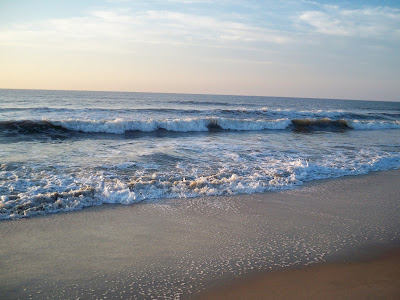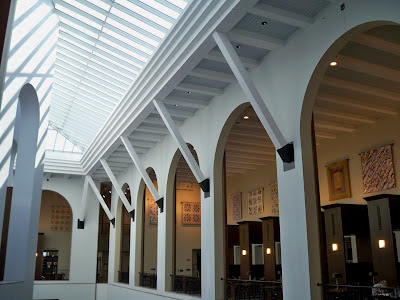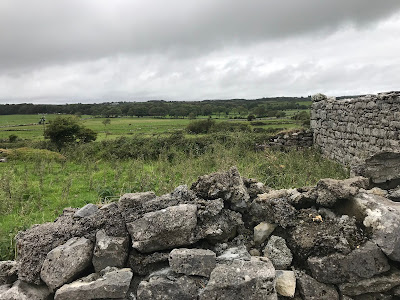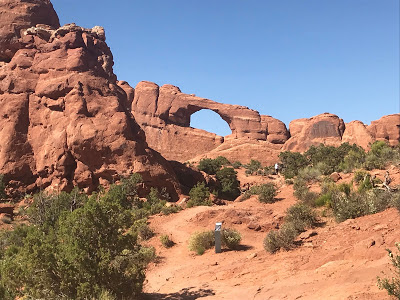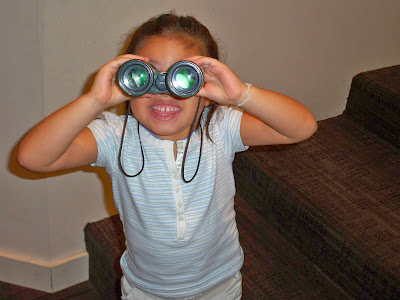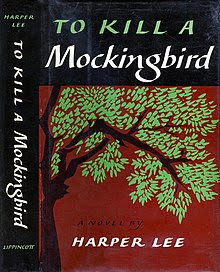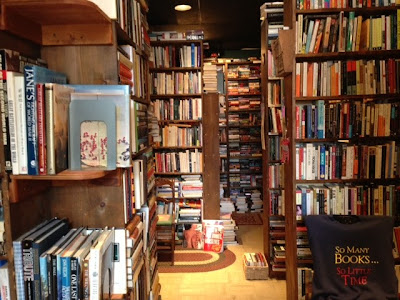That I’m an Annie Dillard fan will come as no surprise to anyone who glances at the title of this blog with its Dillard quotation below. It’s taken from my favorite of her books, An American Childhood. A more perfect evocation of growing up, of coming to inhabit one’s self, I do not know.
I’ve been less a fan of Dillard’s fiction. But a few days ago I picked up The Maytrees. It has a slightly standoffish quality that keeps me from fully digging in, but, like all Dillard’s works, it has lines that stop me in my tracks. Here’s a passage that did just that:
Often she missed infant Petie now gone … He fit her arms as if they two had invented how to carry a baby. … Later she washed his filthy hair and admired his vertebrae, jiggled his head in toweling that smelled like his steam. She needled splinters and sandspur spines from his insteps as long as he’d let her. Every one of these Peties and Petes was gone. That is who she missed, those boys now overwritten.
How beautifully does she say what parents feel as their children grow up. That as much as you love them, love them more each year though it seems scarcely possible, you miss them, too, miss their younger selves that flit in and out of their smiles and expressions, tantalizing just enough to let us know they’re in there still, somewhere. Thanks to Dillard, I have a new word for where they are. They are “overwritten,” stuck beneath layers like primary code.
